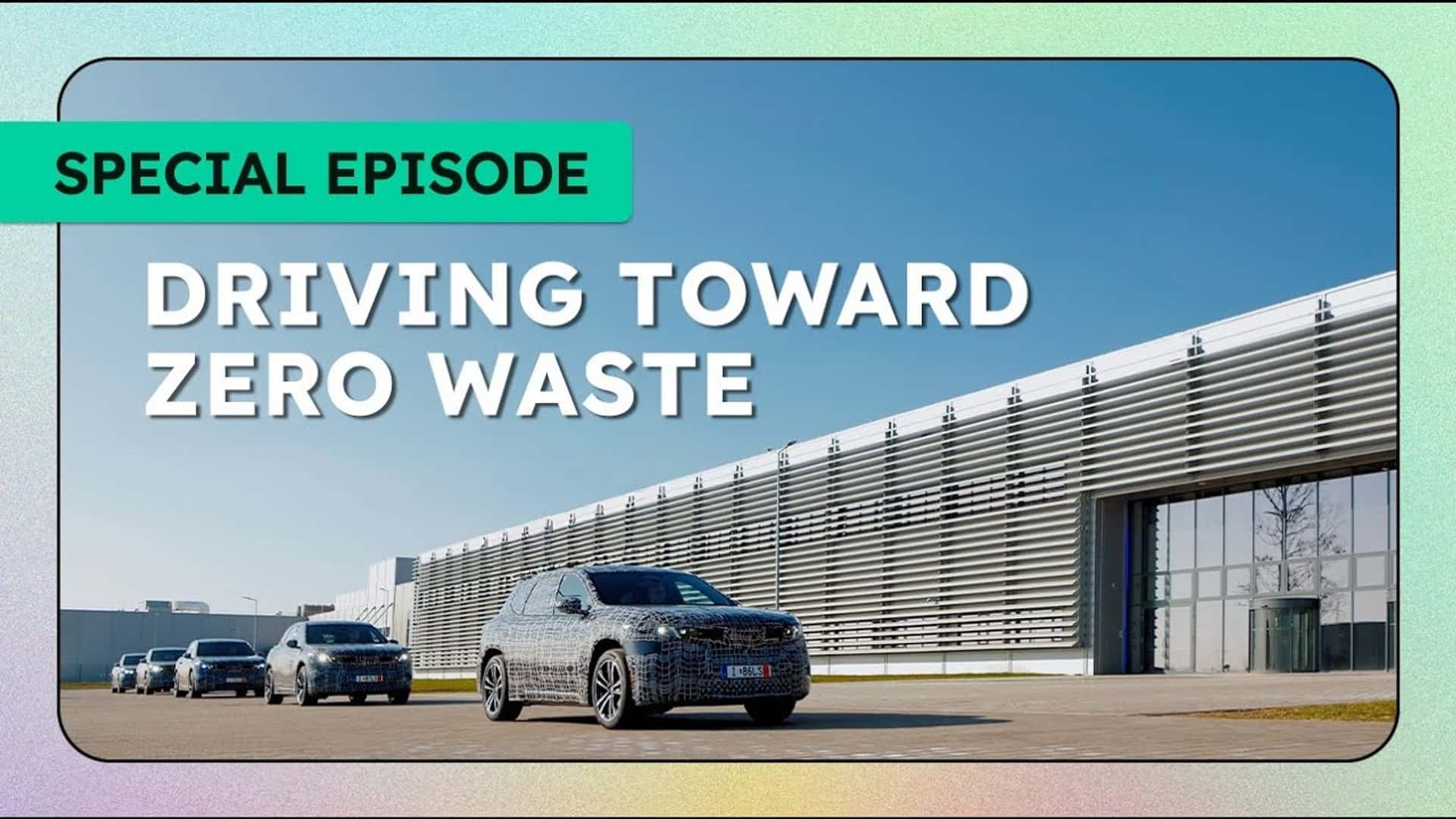
"All in all, one-third of the iX3's raw materials had a first life somewhere else. And, BMW says, that's just the beginning. "So if a BMW iX3 has a secondary raw material quota of one-third, that's a trailblazer, right? But at the same time, there's an expectation that the rest of the organization, the rest of the vehicles in our portfolio, will will quickly close the gap as well," Glenn Schmidt, the automaker's vice president of global sustainability, said."
"The iX3's front bumper is made of old bumpers. Its plastic bits come from PET bottles. Importantlyand this is a big oneits next-generation batteries use far more reclaimed metals like nickel and cobalt than previous cells, while also offering improved energy density and charging speeds. BMW is working to build up supply chains for recycled battery components, and we get deep into that in the episode. The result is a car that has a significantly reduced carbon footprint."
The BMW iX3 delivers about 400 miles of range, 400 kW charging capability, and a redesigned electronics architecture. One-third of the vehicle's raw materials previously had another life, including bumpers made from old bumpers and plastics from PET bottles. Next-generation batteries incorporate far more reclaimed nickel and cobalt while improving energy density and charging speeds. BMW is building supply chains for recycled battery components. The vehicle achieves a significantly reduced carbon footprint and becomes cleaner than a comparable gasoline vehicle after roughly one year of driving when manufacturing emissions are included. Circularity also diversifies supply and hedges geopolitical risk.
Read at insideevs.com
Unable to calculate read time
Collection
[
|
...
]